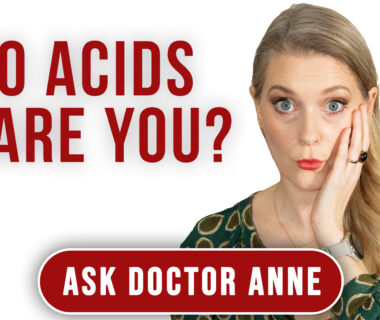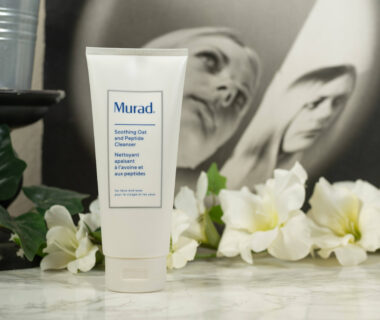ADVERTISEMENT INFO: THE PRODUCTS MENTIONED IN THIS POST MIGHT BE PR (GIFTED) AND LINK USED MIGHT BE AFFILIATE LINKS. I RECEIVED NO MONEY TO WRITE THE BLOGPOST. PLEASE READ DISCLAIMER
One of the biggest trends over the last few years has been anti pollution skincare, with airborne pollution being held responsible for around 4 Million premature deaths worldwide per year due to its effect on the human body.

But what exactly is airborne pollution? How does it affect our skin and how does it interact with UV rays? Does it play a role in acne and eczema, does pollution lead to premature aging, and if the answer is yes, is there specific skincare we need?
These were your questions and here are the answers!
What is airborne pollution?
Well, the official definition is this: “Contamination of outdoor and indoor environments by any chemical, physical or biological agent that modifies the natural characteristics of the atmosphere.”, which to be honest isn’t very helpful.
It can be divided in different categories, for example physical versus chemical when you talk about particulate matter versus gaseous compounds, or into naturally occurring versus man-made when you talk about the ones from wildfires or volcanic eruptions versus the ones from traffic or industrial sources.
There has always been some kind of airborne pollution, be it from a volcano, from burning wood or from decomposing organic matter – it isn’t something new and modern. The fact that there are many new sources of it now though, and that even the “naturally occurring” ones are multiplied when you look at lots of people crammed together each cooking over a wood fire for example, you understand why there is a lot more than there used to be, and why the area where you live (and your living conditions) play a huge role in how much of it you are exposed to.
The main groups of airborne pollutants are:
- Particulate matter (which comes both from natural sources and from traffic and the industry)
- Gaseous compounds like Nitrogen Dioxide, Sulphur Dioxide, Carbon Monoxide (which come mainly from the industry and traffic and can react in the presence of UV light to form ground-level Ozone)
- Heavy metals (mainly from man-made sources)
- Persistent organic compounds
- Semi-volatile compounds (often emanated from household products, paints and varnishes)
- Polyaromatic Hydrocarbons (widespread and for example found in cigarette smoke)
Sometimes even UV radiation is included in the category of pollutants. All of these come in different sizes, ranging from visible to being only a few nanometers in size.

How does airborne pollution reach the skin?
This one seems to be obvious – our skin is our barrier defending the body against the outside world, and obviously what floats around in this outside world comes in contact with our skin. As many of the airborne pollutants are very small though, smaller in size than your pores, they have the ability to penetrate the skin and reach the deeper layers, and some even come to the skin after inhalation or ingestion, meaning: they reach the skin from inside your body via the bloodstream.
Kind of the other way round from the popular misconception that what we put on our skin ends up in our bloodstream (wrong!) – this time it is what is in our bloodstream ends up in our skin! And not only in the skin, airborne pollutants have been found in the urine even of babies, in maternal milk and other bodily fluids, suggesting a widespread occurrence.
It is hard to say how much of the pollution we inhale actually reaches the skin. There were studies done, but only on specific groups of people like chimney sweepers or asphalt workers, meaning we can’t extrapolate these findings to the general population with different exposure levels.
What seems to be clear though is that all of our skin is affected by airborne pollution to a certain degree, and that despite the fact that skin – again created as a barrier – has defense mechanisms to protect against it, these mechanisms get overwhelmed when pollution exceeds a certain level. Or, put simply, the skin’s defense mechanisms are great, but not enough if you are exposed to a lot of pollution. (More info: Damaged skin barrier and the problems it leads to)
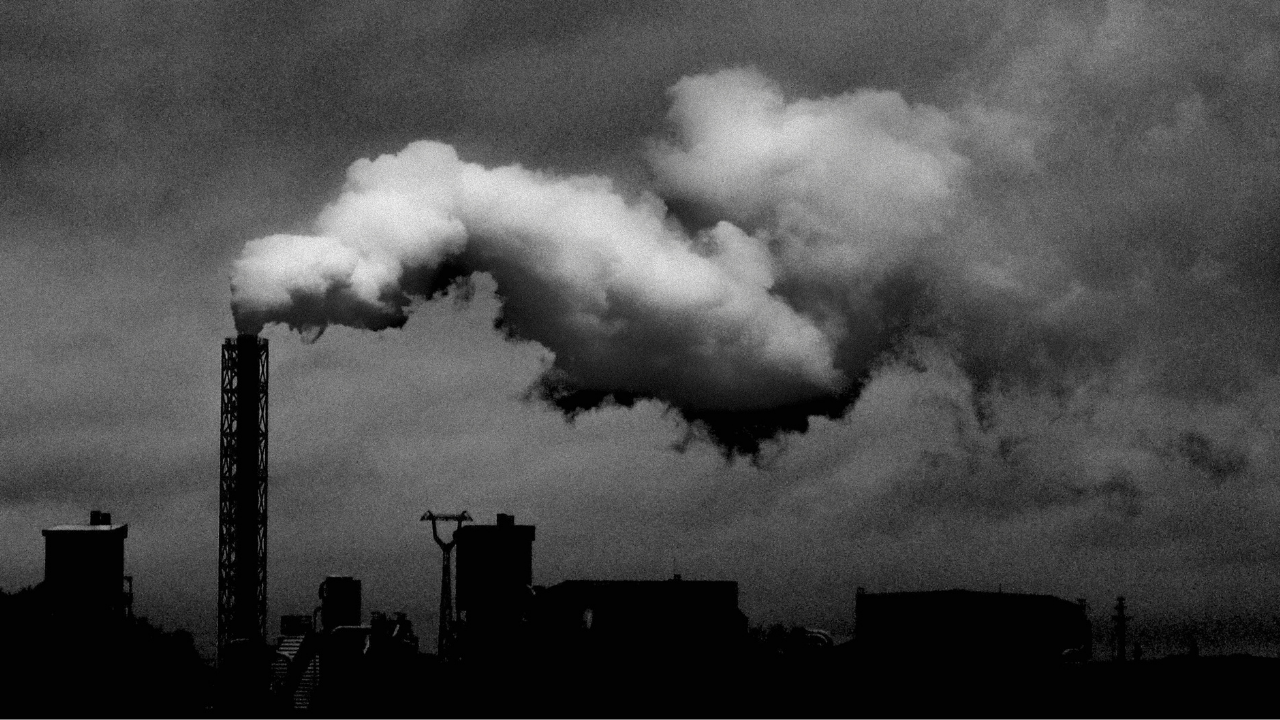
How does pollution affect the skin, generally speaking?
As you might imagine, different kinds of pollutants have different effects, but simplified pollution affects human skin in three different ways: 1
- It impacts the skin’s microbiome,
- It generates Reactive Oxygen Species
- It induces an inflammatory cascade.
- Depending on the size of the particle they can also cake up the pores, creating an anaerobic environment that is beneficial for certain bacteria that contribute to acne
Increased levels of airborne pollution correlate with increased oxidized lipids and proteins in the skin, both of which lead to changes in the physiological mechanisms in the skin regarding sebum, melanin and collagen production, and with increased apoptosis aka cell death as well as with reduced levels of Vitamin C and E as markers for the skin’s oxidative capacities, a decrease in ATP, the cells energy source and a decrease in cell proliferation, all things that are also found in aging skin.
Now before we dive into what this means for different skin conditions and for premature aging, I want to make one thing crystal clear: While the effect of pollution on the respiratory and the cardiovascular system have been extensively studied, we still have a lot we don’t know when it comes to the effects on the skin. Yes, there are great models for how certain effects might take place, many things have been demonstrated in animal studies and we even have large population studies that compare one group of people living in Mexico City to another group living in a more rural area, but that does not mean that we can take everything I am going to talk about as “proven” or “fact”. Most skin conditions and certainly how we age is affected by numerous different factors, so it is near to impossible to single out one and show how big exactly its effect is. There are things everyone is exposed to, like UV radiation, that also affects their skin.

Is there a connection between UV exposure and the effects of pollution on the skin?
Yes, there is, and it is at least two fold. First, as I mentioned before, certain types of pollutants react in the presence of UV radiation and form ground-level Ozone, a pollutant shown to impact wrinkle development and wrinkle depth in the skin. And second by UV radiation actually directly increasing the effect the pollutants have on our skin.
This has been demonstrated in people with an uterus where they compared three groups: one that smoked (a known source of pollution), one that had high sun exposure and a third that had high sun exposure and smoked, and interestingly enough both the hyperpigmentation caused by the sun exposure as well as the wrinkle depth were highest in the group that did smoke while having high sun exposure compared to the groups that only did one of the things.
But now let’s look at how airborne pollution affects acne, eczema and premature aging specifically before we dive into the things we can actually do to protect our skin
Airborne pollution and acne
In skin that is exposed to high levels of pollution, you can find higher levels of oxidized Squalene. As a reminder, Squalene is part of the skin’s sebum, and its oxidation is believed to be one of the first steps to comedogenesis aka the first step of developing acne. Acne is also an inflammatory disease, so everything that triggers inflammation may worsen existing lesions and the severity of them. Several studies have shown that the skin of people exposed to higher levels of airborne pollution is more oily when compared with others, and that the number of acne diagnosed seems to correlate with living in a polluted environment.
That could of course be due to the fact that cities are in general more polluted than rural areas and that the people living in a city have a higher chance of actually seeing a dermatologist and getting a diagnosis as opposed to those living far from the next specialist – correlation does not equal causation! But still the data suggest a link between pollution and acne, and there is a physiological explanation as to why that could be the case.
Airborne pollution and eczema
While we are on the topic of inflammatory diseases, let’s talk about eczema. Eczema or atopic dermatitis have a strong genetic component, so no, pollution will never be the sole reason why someone develops one of these diseases. There is data though that could demonstrate that the burden of the disease, or the strength of the symptomes, does correlate with the levels of pollution you are exposed to, and that this is true both for children and for adults.
Mouse models did show a direct activation of the inflammosome, a cytosolic multiprotein complex involved in inflammatory responses, through pollutants, which would explain why people already prone to eczema show a worsening of symptoms when exposed.
We also quickly need to touch on the effects especially ground-level Ozone has on the skin’s microbiome, as we have more and more data suggesting that the microbiome is an important factor in the severity of eczema as well. When looking at the diversity of the skin microbiome on the forearm of volunteers before and after Ozone exposure, a significant reduction in bacterial diversity could be shown. Mind you, as with everything about the microbiome we only know now that a healthy microbiome is important, not how a reduced bacterial diversity actually affects the skin (or what we could do about it), but as people suffering from eczema tend to have less diversity in their microbiome, it could be a contributing factor. (More info: Skin microbiome – Does it need special skincare?)
Airborne pollution and premature skin aging
Premature aging here is defined as wrinkles and hyperpigmentation – depigmentation could be caused by a few pollutants as well, but usually in very high concentrations, not in day to day exposure.
Again we have population studies done both on Caucasian and on Chinese Asian cohortes that show people living in the city with higher levels of pollution have an increased wrinkle depth and a higher number of solar lentigines or patches of hyperpigmentation than the ones living in a rural area with lesser pollution.
I already touched on the effects of Ozone on wrinkle depth, and it appears that this is due to an increased expression of the enzyme matrix-metalloproteinase (MMP-9) that breaks down collagen.
The increase in pigmentation disorders seems to be induced by an activation of the aryl hydrocarbon receptor that starts a cascade that activates tyrosinase with a consecutive increase of melanin in the cells, which seems to be most prominent when skin is exposed to Dioxin and polycyclic aromatic hydrocarbons.
And remember, that all gets even worse when you mix in smoking and UV exposure! (More info: The different types of hyperpigmentation)
Which skincare products are best to protect the skin against pollution?
Probably the ones you are already using! While the BASF, a German company that incidentally is located in the city next to where I live, has done some specific research on three ways to combat pollution through efficient cleansing, anti-adhesion and anti-penetration, truth is that at the point of me filming this video, we have no idea how exactly the perfect anti-pollution skincare product should work.
The thing we do know though is the steps you should take, and these are…
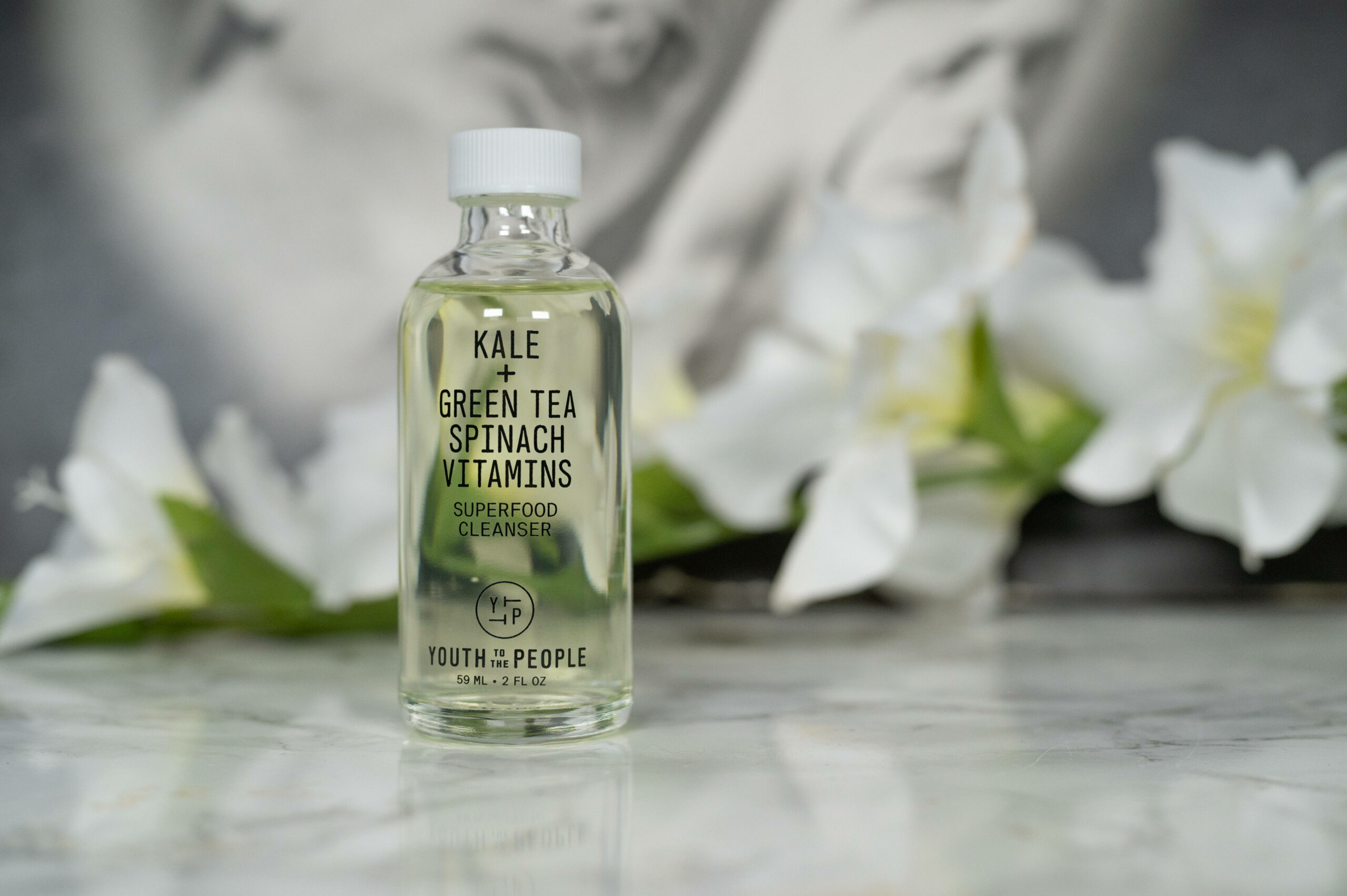
Cleansing
Pollutants stick to the skin’s surface, so removing them is mandatory. Cleanse your face thoroughly in the evenings, even if you are not wearing makeup, and maybe consider double cleansing if you feel like you are living in a polluted area. I like the Clinique Take the Day Off Cleansing Balm (125 ml for 20,95 €, full review here) followed by a more foaming cleanse like the Youth to the People Superfood Cleanser (237 ml for 36 $), but just use the ones you like and you feel cleanse your skin best without stripping it.
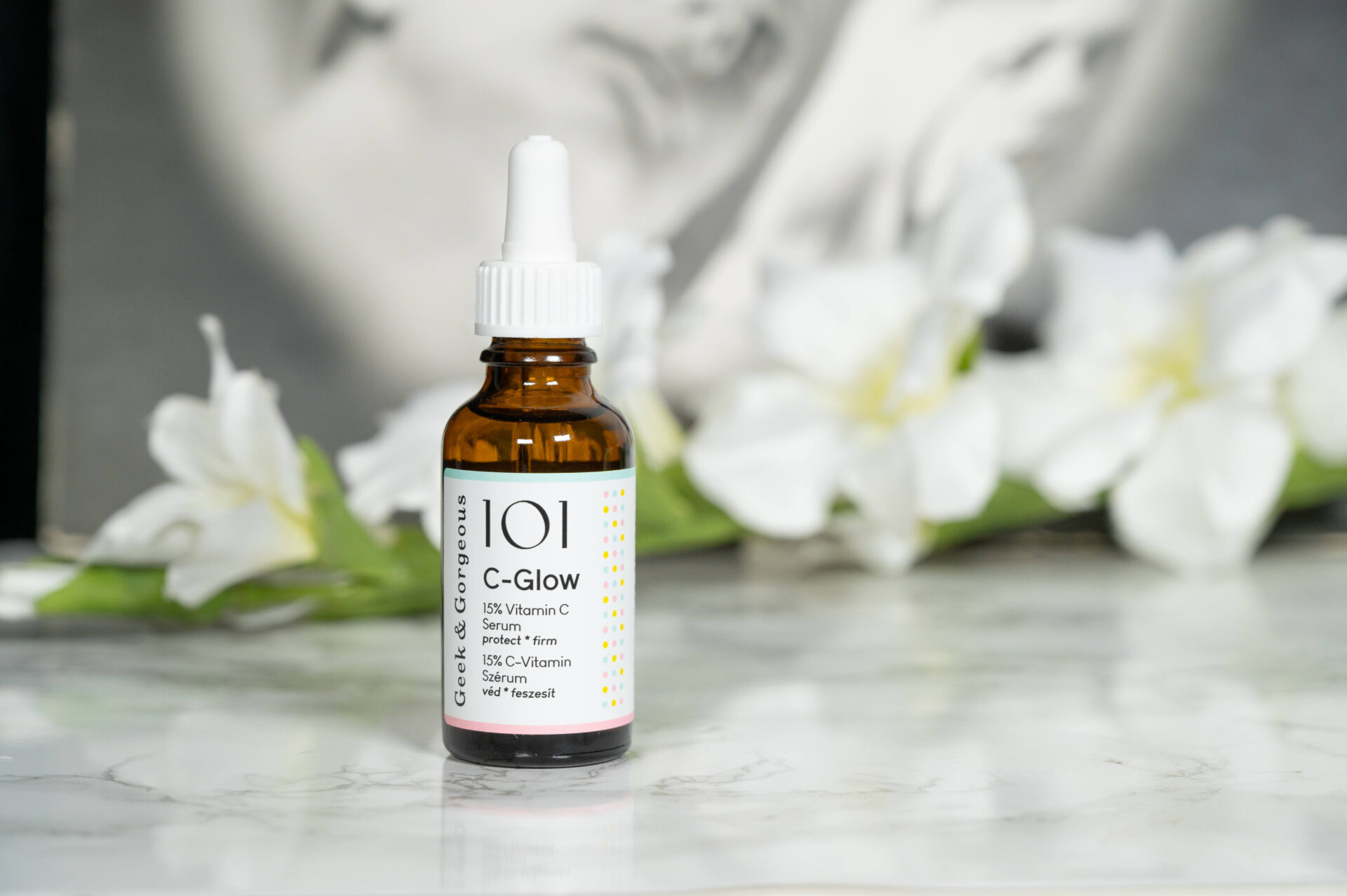
Antioxidants
The main source of trouble is through oxidative stress, and the best way to address that are antioxidants like Vitamin C, E or Q10. I am positive that you already have some sort of antioxidant in your routine, but my favorite at the moment is the Geek & Gorgeous 101 C-Glow Serum (30 ml for 10,50 €, full review here). I know that this is hard to get in some places though, so I will link some alternatives here.
And don’t forget that the best way to get your antioxidants in is through your diet: fruits, vegetables and things like green tea are amazing for your overall health, not only for your skin. (More info: The best foods and supplements for healthy skin)
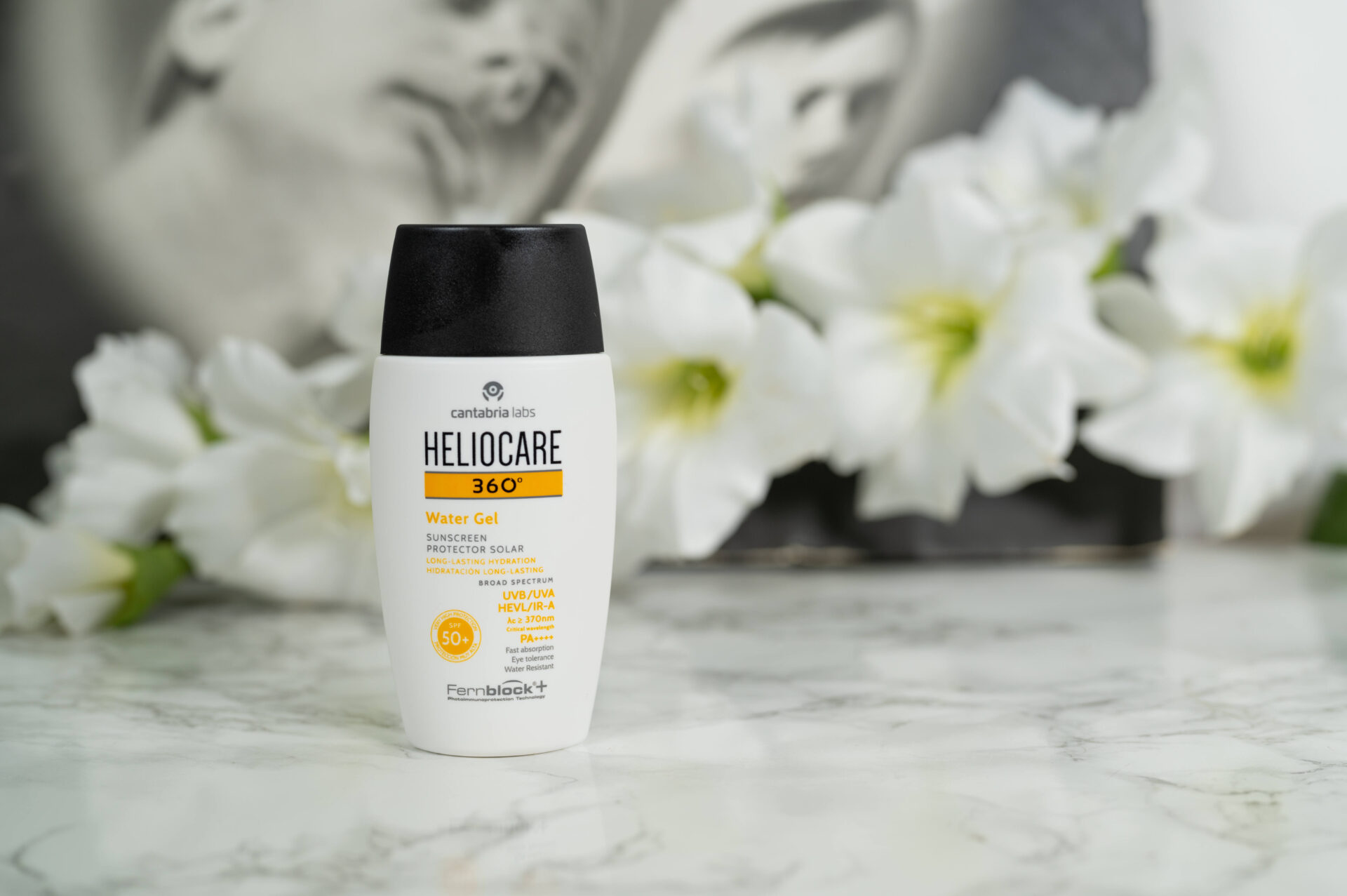
Sunscreen
I know I go on and on about the importance of sunscreen, but, well, it just is the number one thing you can do to protect your skin – alongside sun-smart behavior.
Not only does it reduce the combined detrimental effect, it also forms a film on your skin that catches the pollutants before they reach the skin. That is not only true for sunscreen, other film formers like your primer or makeup could help here too – layers on top of your skin add extra protection.
My favorite sunscreens are the Heliocare 360 Water Gel SPF 50 (50 ml for 21 €, full review here) or the UltraViolette Supreme Screen SPF 50 (50 m for 39 €, full review here), but again I will put a link to my continuously updated list of recommended sunscreens here.
Bottom line
If you look at all that and then at your routine, you probably realize that you are doing these things already, so there is really no need to buy specific anti-pollution skincare. In fact if you look at the ingredient list of the products labeled anti-pollution, most of them just contain antioxidants, and despite the claims on the packaging to my knowledge none of them has been superior in fighting oxidative stress caused by pollution compared to the others.
While this is an incredibly interesting area of research that will hopefully bring some new developments with time, right now there is no need to spend extra money on anti-pollution skincare. Get the basics right and you are good.
Or leave the city and move to the countryside far away from wildfires and volcanoes – which is most likely not possible for most of us.
If you want to get a vote in the next Ask Doctor Anne Topic, Ingredient Spotlight or product I review, don’t forget you can head over to my Patreon account to get more involved!
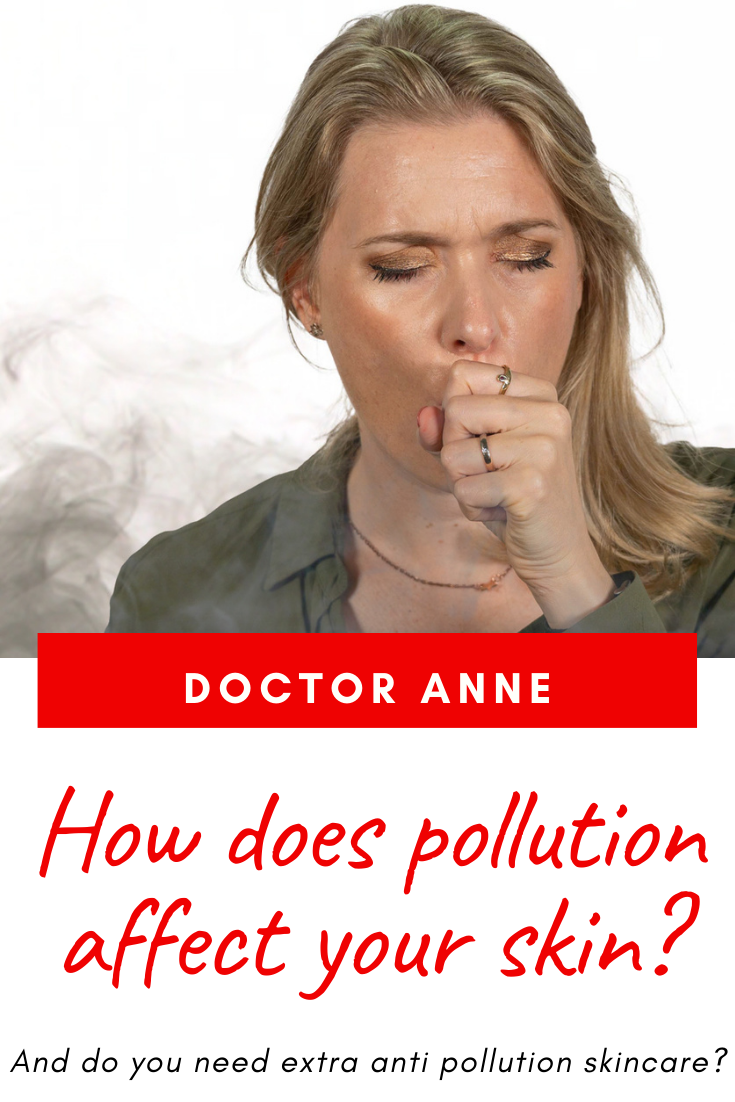
Shop the post
You can find all my skincare product suggestions here.
